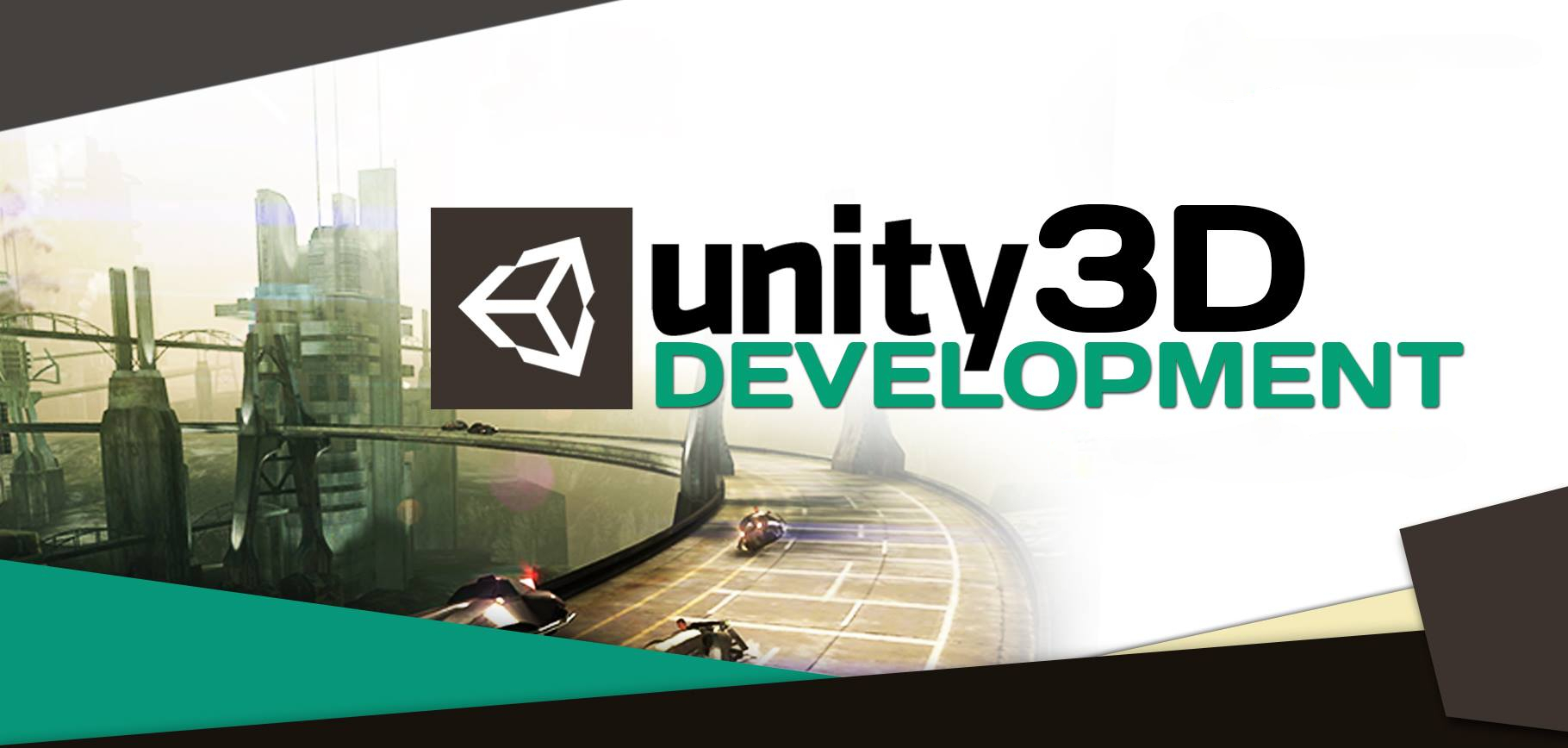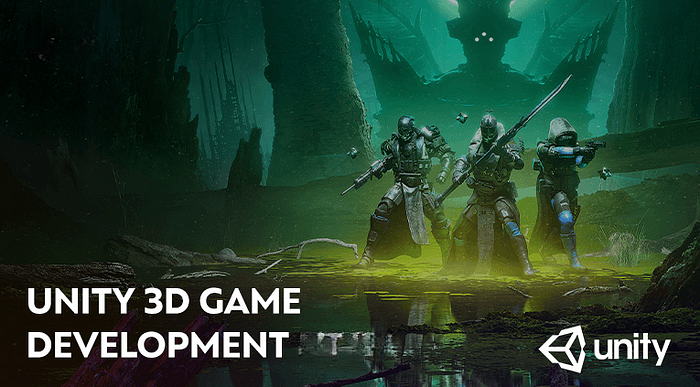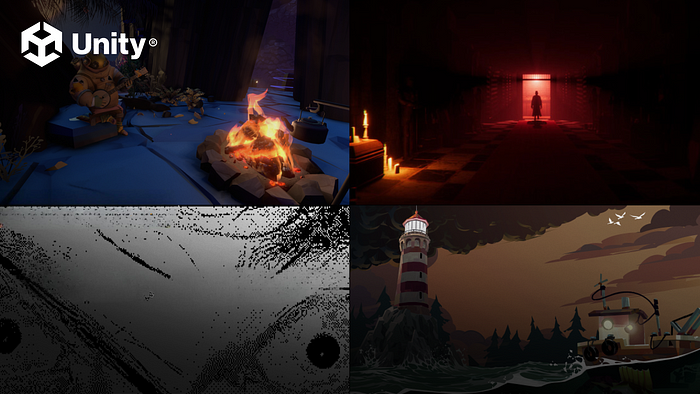Uncategorized
The Future of Gerontology: Research and Care Innovations

The Future of Gerontology: Research and Care Innovations
The field of gerontology, the study of aging and the challenges that come with it, has evolved significantly over the past few decades. As the global population ages, the demand for innovative solutions in geriatric care and research has never been more pressing. This article delves into the latest advancements in gerontology innovations, highlighting how these developments are shaping the future of aging and elder care.
The Aging Population: A Global Challenge
According to the World Health Organization (WHO), the number of people aged 60 years and older is expected to double by 2050, reaching approximately 2.1 billion. This demographic shift presents significant challenges, including increased healthcare costs, a higher prevalence of chronic diseases, and the need for more comprehensive care systems. Addressing these challenges requires a multi-faceted approach, combining cutting-edge research with practical care innovations.
Breakthroughs in Gerontology Research
1. Genetic and Molecular Research
One of the most promising areas of gerontology research is the study of the genetic and molecular mechanisms of aging. Scientists are uncovering the roles of specific genes and cellular processes in aging, which could lead to targeted therapies to delay or mitigate age-related decline. For instance, research on telomeres—the protective caps at the ends of chromosomes—has shown that their length can influence aging and longevity. By understanding how to maintain telomere integrity, scientists hope to develop treatments that can extend healthy lifespan.
2. Senolytics: Targeting Senescent Cells
Senescent cells, which are cells that have stopped dividing but do not die, contribute to aging and age-related diseases. Senolytics are a class of drugs designed to selectively eliminate these cells, thereby improving healthspan and potentially delaying the onset of age-related conditions. Early clinical trials of senolytic drugs have shown promise in improving physical function and reducing disease markers in older adults.
3. Artificial Intelligence and Big Data
Artificial intelligence (AI) and big data are revolutionizing gerontology research by enabling the analysis of vast amounts of health data to identify patterns and predict outcomes. AI algorithms can analyze medical records, genetic information, and lifestyle data to provide personalized insights into aging and disease prevention. This technology also aids in the early detection of diseases such as Alzheimer’s, allowing for timely interventions.

Picture by: Yandex.com
Innovations in Elder Care
1. Telemedicine and Remote Monitoring
Telemedicine has emerged as a vital tool in elder care, especially in the wake of the COVID-19 pandemic. It allows healthcare providers to remotely monitor and manage patients’ health, reducing the need for in-person visits. Remote monitoring devices, such as wearable sensors that track vital signs and activity levels, enable continuous health assessment and timely intervention. These technologies not only improve access to care but also enhance the quality of life for older adults.
2. Robotic Assistance
Robotic technology is making significant strides in assisting the elderly with daily activities. Robots designed for elder care can perform tasks such as medication reminders, mobility assistance, and even companionship. For example, robotic pets have been shown to reduce feelings of loneliness and improve mental well-being in older adults. These innovations are particularly beneficial for individuals with limited mobility or cognitive impairments.
3. Smart Home Technologies
Smart home technologies are transforming the living environments of older adults, making them safer and more comfortable. These technologies include automated lighting, temperature control, and security systems that can be controlled via smartphones or voice commands. Additionally, smart home devices can monitor for potential hazards, such as falls, and alert caregivers in real-time. This level of automation and monitoring helps older adults maintain their independence while ensuring their safety.
4. Personalized Nutrition and Exercise Programs
As we age, our nutritional and exercise needs change. Personalized nutrition and exercise programs, tailored to an individual’s health status and goals, are becoming increasingly important in promoting healthy aging. Advances in wearable technology and AI allow for the continuous monitoring of dietary intake and physical activity, providing real-time feedback and recommendations. These personalized programs can help manage chronic conditions, improve physical function, and enhance overall well-being.
The Role of Policy and Education
While technological and medical innovations are crucial, the future of gerontology also depends on supportive policies and education. Governments and institutions must invest in research, provide funding for innovative projects, and create policies that support the aging population. Additionally, educating healthcare professionals about the latest advancements in geriatric care ensures that they are equipped to implement these innovations effectively.
1. Training Healthcare Professionals
To fully leverage gerontology innovations, healthcare professionals must be adequately trained. This includes understanding the latest research findings, being proficient in using new technologies, and adopting a holistic approach to elder care. Continuing education programs and specialized training in geriatric care are essential for preparing healthcare workers to meet the needs of an aging population.
2. Public Awareness and Community Support
Raising public awareness about the importance of healthy aging and the available innovations is crucial. Community support programs can provide older adults with access to resources, information, and social connections, which are vital for their well-being. Public health campaigns and community-based initiatives can promote healthy lifestyles and preventive care, reducing the burden of age-related diseases.
Conclusion
The future of gerontology is bright, with numerous innovations poised to transform research and care for the aging population. From genetic and molecular research to AI-driven insights, and from telemedicine to smart home technologies, these advancements hold the promise of improving healthspan and quality of life for older adults.
However, realizing this potential requires a concerted effort from researchers, healthcare providers, policymakers, and the community. By embracing these innovations and fostering a supportive environment, we can ensure that the aging population not only lives longer but also enjoys a healthier, more fulfilling life.
Business
Unity 3D Game Development in 2025: First Choice for Scalable

Quick Answer: Unity 3D game development leverages the Unity engine to create visually rich, scalable, and cross-platform games. It supports 3D rendering, AR/VR integrations, multiplayer features, and real-time simulation. In 2025, Unity remains the go-to choice for startups and enterprises alike to build immersive games for mobile, PC, console, and the metaverse.
What is Unity 3D Game Development?
Unity 3D game development is the process of using the Unity game engine to build three-dimensional games. It allows developers to:
- Build interactive environments
- Animate 3D characters
- Apply physics simulations
- Integrate real-time lighting and shading
- Deploy to Android, iOS, Windows, consoles, AR, and VR
Unity uses C# scripting, making it ideal for both indie developers and enterprise-grade studios. Learn more about our Game Development Company
Why Unity Is Still the Top Game Engine in 2025
Unity leads because of its flexibility and toolset:
- Cross-platform deployment (25+ platforms including consoles and WebGL)
- Robust Asset Store with prebuilt 3D models and systems
- AR/VR toolkit with native support for Oculus, Vision Pro, HoloLens
- Unity DOTS & ECS (for performance-based coding)
- Unity Cloud Build and CI/CD integrations
In a 2025 developer survey, 61% preferred Unity for 3D games due to its quick learning curve and scalability.
Considering Unity vs Unreal? Ask our experts which suits your goals
Top Use Cases for Unity 3D Games
Unity powers a wide variety of 3D game genres:
- First-person shooters (FPS)
- Adventure & platformer games
- Survival & sandbox simulators
- Racing and sports titles
- Multiplayer co-op or PvP games
- Metaverse exploration environments
Businesses also use Unity for training simulations, education apps, and brand gamification. See how our AR Game Development Company brings Unity into immersive AR projects.
Core Benefits of Unity 3D for Developers & Businesses
FeatureBenefitCross-Platform BuildLaunch your game on iOS, Android, Windows, consolesReal-Time RenderingCinematic visuals at runtimeAsset Store AccessSpeed up development with ready-to-use assetsMultiplayer FrameworksBuilt-in support for Photon, Netcode, MirrorIn-App MonetizationUnity Ads, IAP, subscriptions, in-game economiesScalabilityEasily scale servers and performance with Unity Cloud
Our Unity 3D Game Development Process
At Vasundhara, we follow a tested Unity 3D development lifecycle:
- Concept Planning & Wireframes
- Asset Planning & 3D Design
- Gameplay Logic with C# + Unity Editor
- AR/VR or Multiplayer Integration
- Performance Tuning + Bug Testing
- App Store Deployment + SDK integrations
- LiveOps: Analytics, Patches, Leaderboards
Learn more about our Mobile App Development Services
Key Tools & Technologies Used in Unity Projects
We use advanced tech to supercharge our Unity projects:
- Unity Pro / Unity Enterprise licenses
- Photon Engine / Netcode for Multiplayer
- Blender & Maya for 3D asset design
- Unity MARS for AR game interactions
- Unity Performance Profiler
- Unity Remote Config + Unity Analytics
Our stack ensures games are fast, bug-free, and scalable.
Real-World Projects Built With Unity
From global hits to indie successes, Unity powers:
- Among Us (multiplayer logic)
- Monument Valley (3D puzzle)
- Beat Saber (VR integration)
- Pokemon Go (AR layer)
At Vasundhara, we’ve delivered Unity games for:
- Simulation training (enterprise)
- Mobile RPGs (freemium models)
- Augmented reality adventures
Why Choose Vasundhara as Your Unity 3D Game Partner
✅ 12+ Years in Game Development (Unity Certified Engineers) ✅ 250+ Projects Delivered Globally ✅ Unity Pro License & Photon Experts ✅ Scalable CI/CD Deployment Pipeline ✅ Real-time Optimization for 60+ FPS Games
We align with your vision, budget, and target audience.
Explore our custom software development services that complement Unity games with backend services.
Ready to build a high-performance Unity 3D game? Contact our team now
Conclusion:
Unity 3D game development empowers creators to build immersive, scalable, and revenue-ready games across any platform. In 2025, businesses and developers trust Vasundhara Infotech for custom 3D Unity games with multiplayer, AR/VR, and metaverse-ready capabilities.
Have a Unity 3D game idea? Let’s turn it into reality
FAQs — Unity 3D Game Development, Vasundhara Infotech
1. Is Unity worth using in 2025?
Yes, Unity remains a highly relevant and powerful game development engine in 2025. Its continuous updates, strong community, extensive asset store, and support for AR/VR, mobile, console, and PC make it a great choice for both indie and professional developers. Unity’s flexible licensing and low barrier to entry also keep it appealing to beginners and small studios.
2. Does Unity support cross-platform development?
Absolutely. Unity is designed with cross-platform compatibility in mind. You can build your game once and deploy it to over 20 platforms, including Windows, macOS, iOS, Android, PlayStation, Xbox, Nintendo Switch, WebGL, and more — all with minimal changes to your code.
3. What is the Unity controversy?
The “Unity controversy” typically refers to the backlash in late 2023 when Unity announced changes to its pricing model, introducing a new “Runtime Fee” based on game installs. Many developers criticized the lack of transparency and the potential financial impact on smaller studios. Unity later revised its policies in response to community feedback, but the episode highlighted the importance of clear and fair business practices in the industry.
4. How does Unity handle multi-platform game development?
Unity uses an abstraction layer and platform-specific build settings to make multi-platform development seamless. Developers write most of their code in C# once, while Unity’s editor and build pipeline handle the differences in rendering, input, and deployment for each platform. You can also use conditional compilation and platform-specific APIs when needed.
5. What is the best platform for game development?
There is no single “best” platform; it depends on your goals:
- For beginners and indies, Unity is one of the best due to ease of use, cross-platform support, and community resources.
- For high-end AAA graphics, Unreal Engine might be better suited.
- For 2D games, both Unity and tools like Godot are excellent.
- For web and casual games, HTML5 frameworks or Unity WebGL can work well.
Need help choosing a platform? Contact Vasundhara Infotech for the target devices and your project’s technical needs.
Game
Is It Time for Skulls Ludo’s $SKL Token to Go Cross-Chain?

The blockchain gaming landscape is evolving—fast. As players demand faster transactions, lower gas fees, and broader accessibility, the infrastructure behind GameFi must evolve too. Skulls Ludo, a rapidly rising play-to-earn Ludo NFT game, has already made waves by building on Polygon, leveraging its speed and scalability. But the next frontier might not lie within one chain—it lies across many.
In a world where Solana NFT games, BNB Chain dApps, and Ethereum-based collectibles co-exist, the idea of a multi-chain gaming economy is no longer theoretical—it’s essential. This brings us to an exciting, forward-looking question:
Could Skulls Ludo’s $SKL token expand beyond Polygon—and what would that mean for players, investors, and the future of blockchain gaming?
Why Was Skulls Ludo Built on Polygon in the First Place?
Before we explore expansion, it’s crucial to understand the strategic choice of Polygon as Skulls Ludo’s home.
Key reasons Polygon was chosen:
- Low Transaction Fees: A fraction of a cent per transaction enables micro-transactions for in-game rewards and NFT purchases.
- High Throughput: Supports thousands of transactions per second—crucial for real-time multiplayer gameplay.
- Ethereum Compatibility: Seamless interoperability with Ethereum tools, wallets, and marketplaces.
- Eco-Friendly: A more sustainable option compared to Ethereum’s earlier energy-intensive operations.
Polygon has provided a solid foundation for $SKL tokenomics, gameplay logic, and NFT trading. But as Skulls Ludo scales, so do the needs and ambitions of its ecosystem.
What Is a Multi-Chain Gaming Economy—and Why Does It Matter?
A multi-chain gaming economy refers to the ability of a GameFi ecosystem to operate across multiple blockchain networks simultaneously. Rather than being siloed into one chain, assets like tokens, NFTs, and game logic can move, interact, and be recognized across chains like Ethereum, Solana, Avalanche, and BNB Chain.
Why does this matter?
- Greater Liquidity: Multiple exchanges, bridges, and liquidity pools increase token accessibility.
- Broader User Base: Tap into new communities on Solana, BNB Chain, and Layer-2s.
- Developer Flexibility: Build features optimized for each chain’s strengths.
- Cross-Chain NFTs: Enable NFTs to be moved or recognized across ecosystems.
- Network Resilience: Avoid bottlenecks or outages on a single chain.
For Skulls Ludo, going multi-chain means unlocking new crypto gaming platforms, appealing to a larger player base, and future-proofing the project in an increasingly interoperable Web3 world.
What Would Multi-Chain Expansion Look Like for $SKL?
Let’s break this down practically. How would $SKL function in a multi-chain world?
Scenario 1: Cross-Chain Token Bridging
- $SKL can be bridged to other chains (e.g., Solana, BNB, Base) via smart contracts and wrapped tokens.
- Players on these chains can earn, stake, and trade $SKL without leaving their native wallets or environments.
Scenario 2: Chain-Specific Gameplay Zones
- Unique game modes or tournaments are launched on separate chains (e.g., “Solana Arena” or “BNB Showdown”) powered by bridged $SKL.
- Encourages network-specific communities to engage and compete.
Scenario 3: Interoperable NFTs
- Ludo game NFTs can be mirrored or moved between chains using cross-chain NFT standards like LayerZero, Wormhole, or Axelar.
- This allows trading across OpenSea (Polygon), Magic Eden (Solana), and more.
Scenario 4: Unified Treasury & Governance
- No matter which chain you’re on, $SKL holders can participate in unified DAO governance, stake across chains, and influence future development.
Benefits of Going Multi-Chain for Skulls Ludo Players and Investors
For Players:
- Play from any chain without having to migrate wallets.
- Compete in tournaments with a global player pool.
- Access exclusive in-game items or NFTs specific to a chain.
For NFT Collectors:
- Trade NFTs across multiple marketplaces for better liquidity.
- Interact with evolving GameFi ecosystems (like Solana’s compressed NFTs or Avalanche subnets).
For Investors:
- Increased token visibility and adoption across chains boosts $SKL demand.
- More staking options and DeFi integrations.
- Diversified liquidity reduces systemic risk of any single chain failure.
Why Solana, BNB Chain, or Avalanche Could Be Strategic for $SKL
Solana
- High-speed, low-cost.
- Vibrant NFT ecosystem with marketplaces like Magic Eden.
- Strong GameFi developer tools (ex: Metaplex, Anchor).
BNB Chain
- Massive retail user base in Asia.
- Easy CEX listings for liquidity.
- BNB gaming guilds and influencer networks.
Avalanche / Subnets
- Custom game-optimized chains.
- Better control over scalability and resource allocation.
- Low-latency gameplay support.
What Are the Risks or Challenges of Going Multi-Chain?
While the upside is clear, multi-chain expansion isn’t plug-and-play.
Key challenges:
- Technical Complexity: Bridging smart contracts can be exploited if not audited properly.
- Fragmentation Risk: Splitting the user base without careful UX design can cause confusion.
- Liquidity Spread: Dividing token supply across chains could affect price stability.
- Security Risks: Cross-chain bridges have historically been vulnerable (see: Wormhole, Harmony hacks).
Skulls Ludo must balance innovation with stability, ensuring each expansion is strategically timed and community-backed.
Is the Community Ready for a Multi-Chain Skulls Ludo?
Before going cross-chain, the real question is: does the community want it?
This is where DAO governance plays a critical role. $SKL holders could:
- Vote on which chain to expand to first.
- Decide on token allocations for liquidity pools.
- Propose game features exclusive to new chains.
A multi-chain world must be built with the community—not just for it.
The Multi-Chain Future Starts with $SKL’s Vision
Blockchain gaming isn’t about just building games—it’s about building economies that move, evolve, and scale with their communities. Skulls Ludo’s potential to become a multi-chain GameFi powerhouse rests on the strength of its $SKL token, the scalability of its platform, and the vision to go where the players are.
By exploring multi-chain expansion, Skulls Ludo can:
- Onboard thousands of new players from different ecosystems.
- Offer flexible, resilient gameplay infrastructure.
- Strengthen the long-term utility and value of $SKL.
If GameFi is the next frontier of gaming, then multi-chain economies are the infrastructure that powers it—and Skulls Ludo is already rolling the dice.
Uncategorized
Women in Tech: Certifications That Are Opening Doors in 2025
-
Business2 years ago
Cybersecurity Consulting Company SequelNet Provides Critical IT Support Services to Medical Billing Firm, Medical Optimum
-
Business2 years ago
Team Communication Software Transforms Operations at Finance Innovate
-
Business2 years ago
Project Management Tool Transforms Long Island Business
-
Business2 years ago
How Alleviate Poverty Utilized IPPBX’s All-in-One Solution to Transform Lives in New York City
-
health2 years ago
Breast Cancer: The Imperative Role of Mammograms in Screening and Early Detection
-
Sports2 years ago
Unstoppable Collaboration: D.C.’s Citi Open and Silicon Valley Classic Unite to Propel Women’s Tennis to New Heights
-
Art /Entertainment2 years ago
Embracing Renewal: Sizdabedar Celebrations Unite Iranians in New York’s Eisenhower Park
-
Finance2 years ago
The Benefits of Starting a Side Hustle for Financial Freedom













































